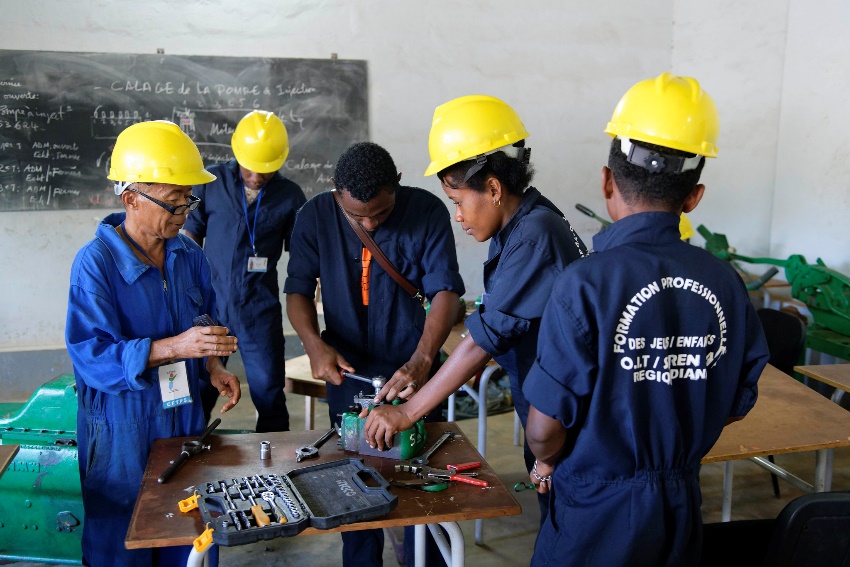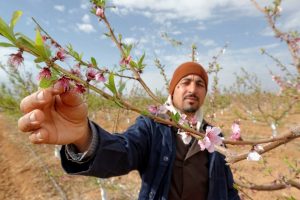Integrating OER in Teaching: A Guide for Teachers in the Pacific
Integrating OER in Teaching: A Guide for Teachers in the Pacific
English
International organizations
Information is gathered from other international organizations that promote skills development and the transition from education and training to work. The Interagency Group on Technical and Vocational Education and Training (IAG-TVET) was established in 2009 to share research findings, coordinate joint research endeavours, and improve collaboration among organizations working at the international and national levels.

Access to training

Access for all to good quality education, vocational training and workplace learning is a fundamental principle of social cohesion and economic growth. Some groups of people may require targeted attention if they are to benefit from education, training and employment opportunities.
This is particularly the case for disadvantaged youth, lower skilled workers, people with disabilities, and people in rural communities. The attractiveness of vocational education and training is enhanced when combined with entrepreneurship training and when public policies encourage utilization of higher skills by business.
Online and distance learning

In view of the rapid socio-economic and technological changes, jobs and the skills required to perform them continue to evolve. Many jobs in labour intensive sectors, which tend to be occupied by economically vulnerable groups of people (such as women and the poorly educated), are at high risk of being automated. In this light, delivering job-relevant skills at a reasonable cost, especially for workers whose jobs are at risk, is important. If well implemented, ICTs in TVET have the potential to improve access to learning, to improve quality while decreasing costs, to make teaching and learning more relevant to people’s work and lives, and to encourage individuals to become lifelong learners.
Rural employment

Eight out of 10 of the world’s working poor who live on US $1.25 per day live in rural areas, where many are caught in vulnerable employment, especially in agriculture.Flourishing rural areas are vital to regional and national development. Yet, rural economies tend to face a wide range of challenges that urban areas are more likely to overcome. These include access to transportation, sanitation and health services, and a consumer base in close proximity to support small and medium enterprise development. Women and men working in rural areas also face difficulties associated with a paucity of economic opportunities, under investment, poor infrastructure and public services, including education, and, in many cases, weak governance and underdeveloped markets.
Education, entrepreneurship, and physical and social infrastructure all play an important role in developing rural regions. Skills are central to improving employability and livelihood opportunities, reducing poverty, enhancing productivity and promoting environmentally sustainable development.
Tools and guidance
The platform includes a variety of practical tools and guidance materials developed by the ILO at global and national levels. The resources include guides, case studies, cheklist, visual materials and more, and they cover a wide range of topics. Some are specifically aimed at certain groups of stakeholders, for example employers, workers or governments, and some are designed to support specific groups of beneficiaries.

Access to training
Asia and the Pacific
















